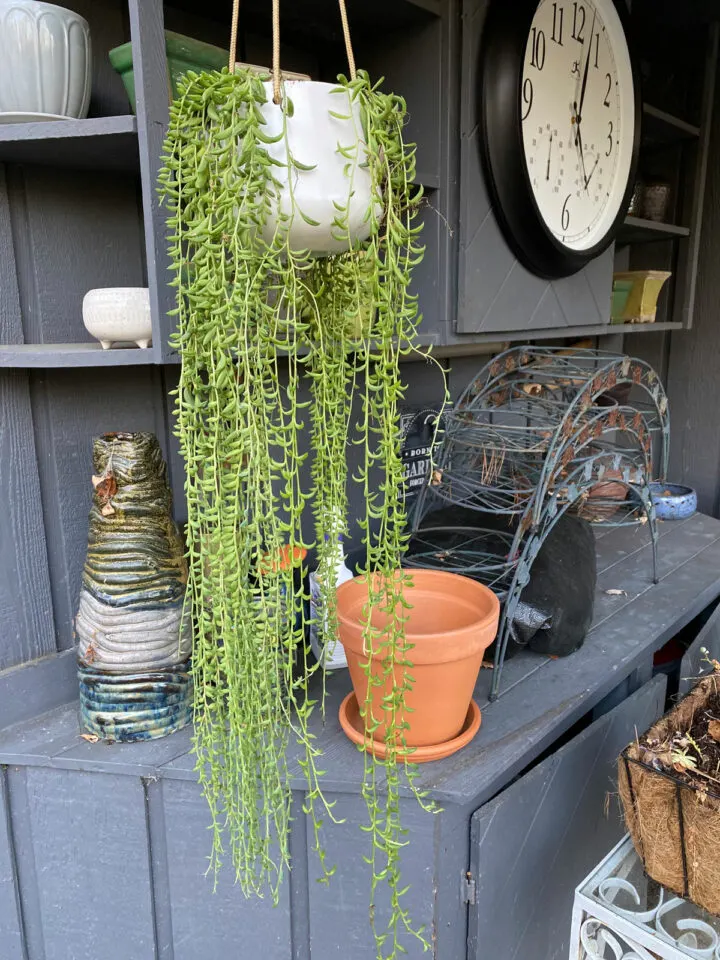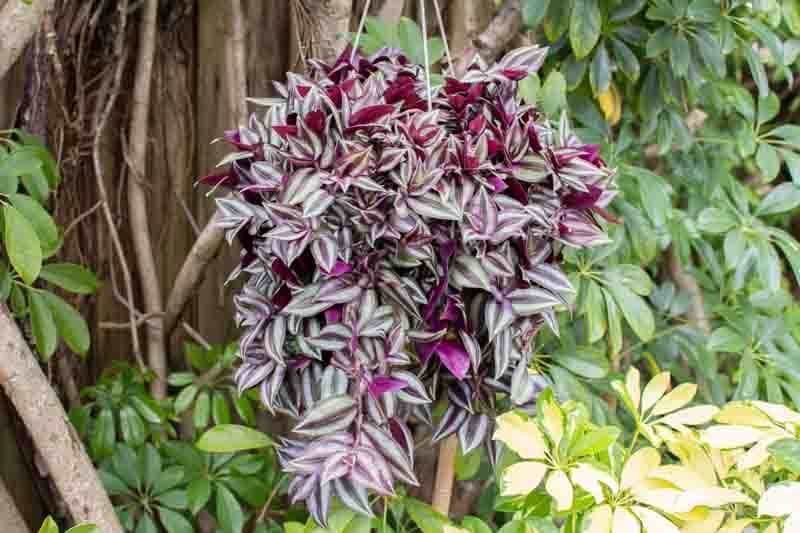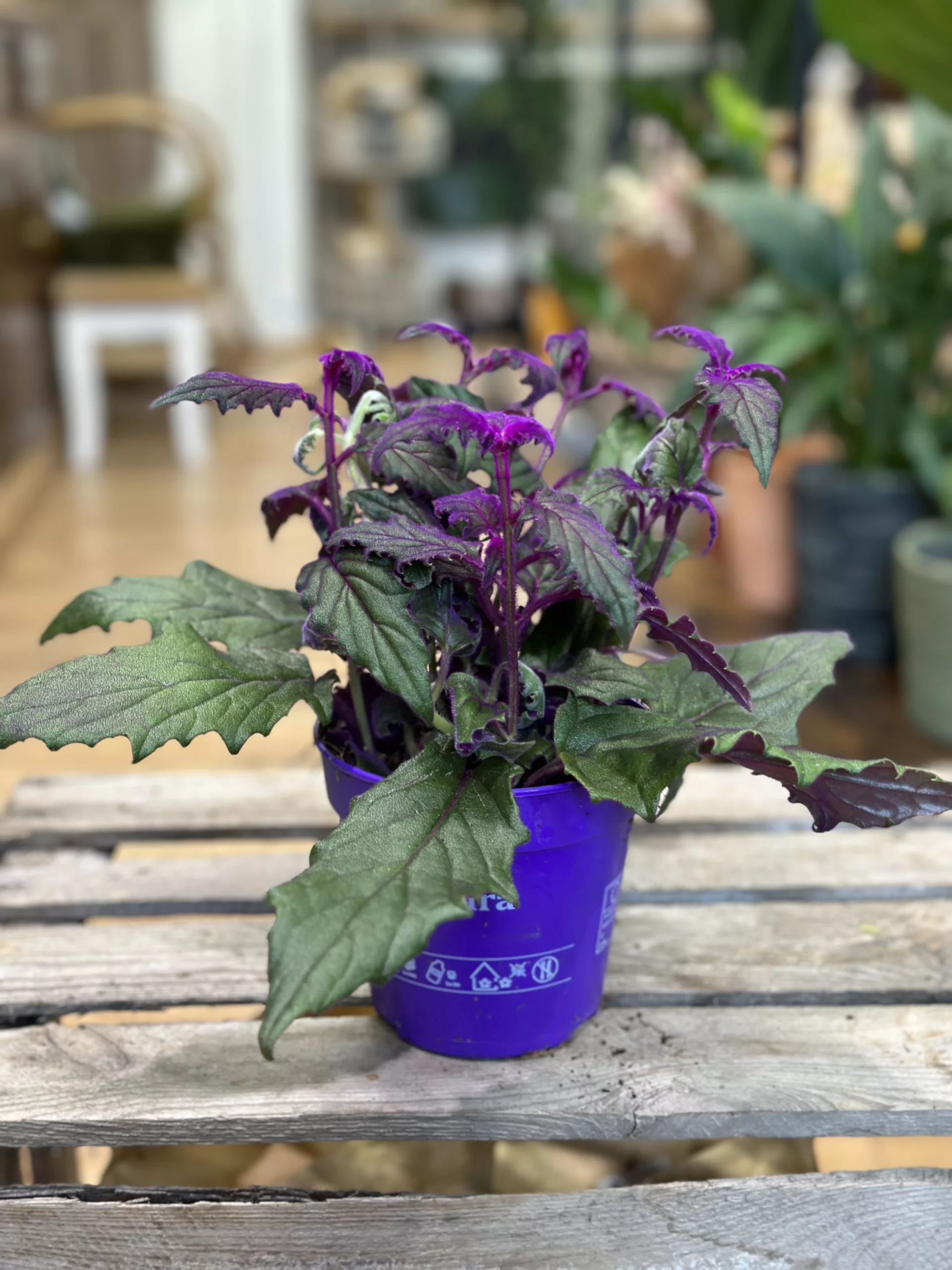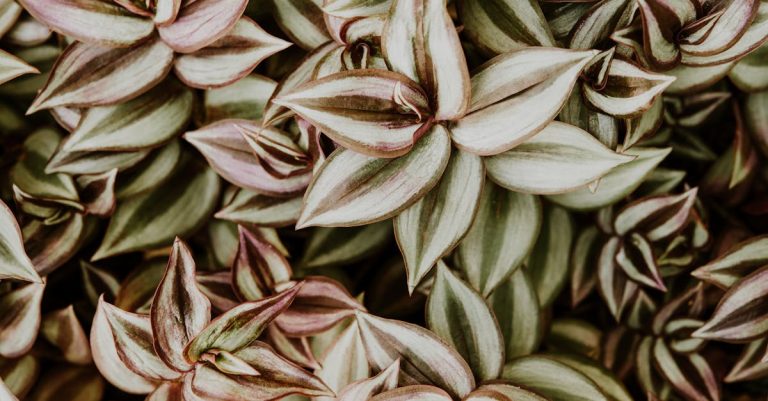How To Care For String of Bananas (Senecio radicans)
String of Bananas (Senecio radicans) is a popular succulent known for its cascading, banana-shaped leaves and easy-going nature. Native to South Africa, this plant makes an excellent addition to hanging baskets or as a trailing plant in mixed arrangements. Here’s a comprehensive guide to help you care for your String of Bananas and keep it thriving.
:max_bytes(150000):strip_icc():format(webp)/growing-string-of-bananas-plants-5089192-5-574ba83b495541de82088826e4ff33e2.jpg?auto=compress&cs=tinysrgb&h=650&w=940)
1. Light Requirements
String of Bananas thrives in bright, indirect light. It can tolerate some direct sunlight, particularly in the morning or late afternoon, but intense midday sun can scorch its leaves. If grown indoors, place it near a south or west-facing window. If the plant begins to stretch or lose its vibrant color, it may need more light.
2. Watering
As a succulent, String of Bananas is drought-tolerant and prefers to dry out between waterings. Water the plant thoroughly, allowing excess water to drain out of the pot. Wait until the soil is completely dry before watering again. Overwatering can lead to root rot, a common issue with succulents. Reduce watering during the winter months when the plant’s growth slows.
3. Humidity
String of Bananas prefers low to average humidity levels, typical of most indoor environments. High humidity is not necessary, and the plant can suffer in overly humid conditions, which can lead to rot. Ensure good air circulation around the plant to prevent any moisture-related issues.
4. Temperature
This plant thrives in warm temperatures between 70-80°F (21-27°C). It can tolerate cooler temperatures down to 50°F (10°C) but should be protected from frost. Avoid placing it near cold drafts or air conditioning vents, as sudden temperature changes can stress the plant.
5. Soil and Potting
A well-draining soil mix is crucial for String of Bananas. Use a cactus or succulent potting mix, or create your own by mixing regular potting soil with sand or perlite. Ensure the pot has drainage holes to prevent water from accumulating at the bottom. Repot the plant every 1-2 years or when it becomes root-bound, preferably in the spring.
6. Fertilizing
String of Bananas doesn’t require much fertilizer. Feed it with a diluted, balanced, water-soluble fertilizer once a month during the growing season (spring and summer). Avoid fertilizing in the fall and winter when the plant is not actively growing. Over-fertilization can lead to leggy growth and weak stems.
7. Pruning
Pruning helps maintain the plant’s shape and encourages fuller growth. Trim back any leggy or overgrown stems with clean, sharp scissors. You can also remove any dead or damaged leaves to keep the plant looking tidy. The cuttings can be used for propagation.
8. Propagation
String of Bananas is easy to propagate through stem cuttings. Cut a healthy stem with several leaves, let it dry for a day or two to form a callus, and then plant it in a well-draining soil mix. Water sparingly until roots develop, then resume regular care. Cuttings can also be rooted in water before planting in soil.
9. Pest and Disease Management
String of Bananas is generally pest-resistant, but it can occasionally be affected by mealybugs, spider mites, and aphids. Inspect the plant regularly and treat infestations with insecticidal soap or neem oil. Proper watering and good air circulation help prevent most fungal and bacterial diseases.
10. Special Care Tips
- Avoid Overwatering: The most common problem with String of Bananas is overwatering. Ensure the soil dries out completely between waterings and avoid letting the plant sit in water.
- Support Trailing Stems: If grown in a hanging basket, allow the stems to trail naturally. For potted plants, you can use stakes or trellises to support the growth if desired.
- Rotate the Plant: To ensure even growth, rotate the plant periodically so all sides receive adequate light.
Conclusion
String of Bananas is a low-maintenance and visually appealing succulent that can add a touch of greenery to any space. By providing the right light, moisture, and environment, you can enjoy its cascading beauty for years. Regular maintenance, including proper watering, fertilizing, and occasional pruning, will keep your String of Bananas healthy and vibrant. Whether you are a seasoned gardener or a beginner, this plant offers a rewarding and delightful care experience.
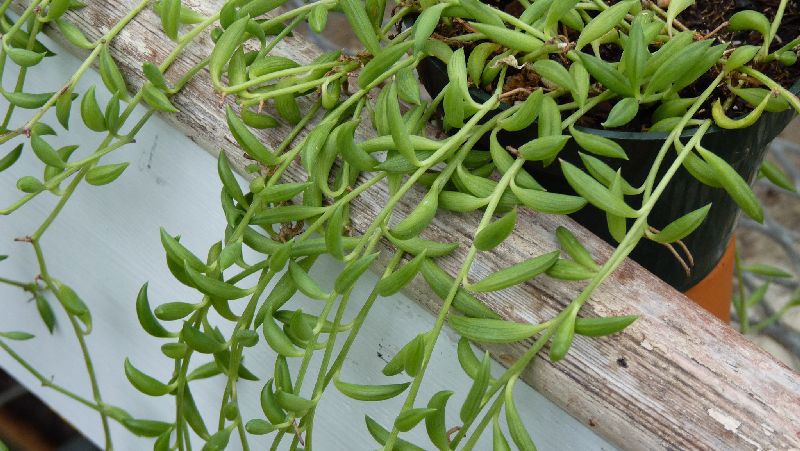
Light
String of Bananas plants thrive in bright, indirect light. Place them near a window where they can receive plenty of sunlight, but ensure that they are not exposed to direct sunlight for extended periods as this can lead to sunburn on their delicate leaves.
Watering
Allow the top layer of soil to dry out before watering your String of Bananas plant. When watering, do so thoroughly until water drains out of the bottom of the pot. Avoid overwatering as this can lead to root rot. In the winter months, reduce the frequency of watering as the plant goes dormant.
Soil
Use a well-draining potting mix for your String of Bananas plant. A mix specifically designed for succulents or cacti works well. You can also add sand or perlite to regular potting soil to improve drainage.
Temperature
String of Bananas plants prefer temperatures between 60-75°F (15-24°C). They can tolerate slightly cooler temperatures in the winter, but it’s best to bring them indoors if temperatures drop below 50°F (10°C).
Humidity
These plants do well in average indoor humidity levels. You can increase humidity by misting the leaves occasionally or placing a tray of water near the plant. However, be cautious of over-misting as this can lead to fungal issues.
Fertilizing
Feed your String of Bananas plant with a diluted succulent fertilizer every 2-4 weeks during the growing season (spring and summer). Avoid fertilizing in the winter when the plant is dormant.
Propagation
String of Bananas plants can be easily propagated by stem cuttings. Simply cut a healthy stem, let it callus for a day or two, and then place it in moist soil. Roots should develop within a few weeks.
String of Bananas plants are becoming increasingly popular among houseplant enthusiasts, with sales increasing by 20% in the last year alone.
